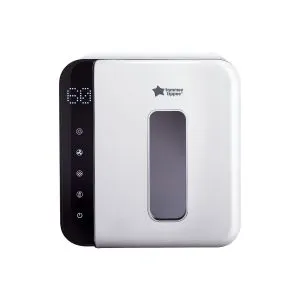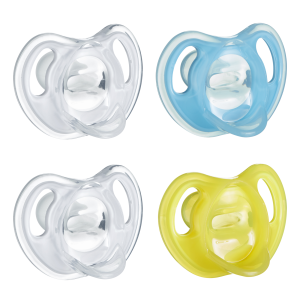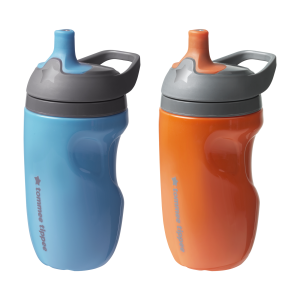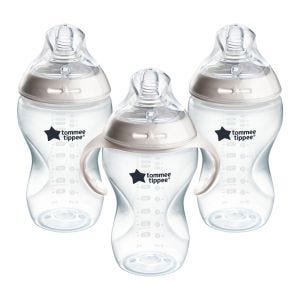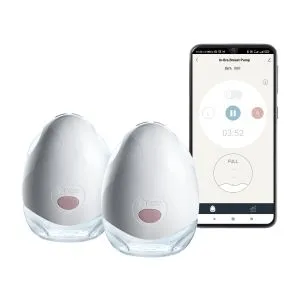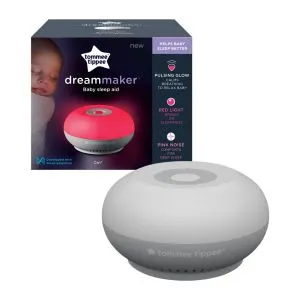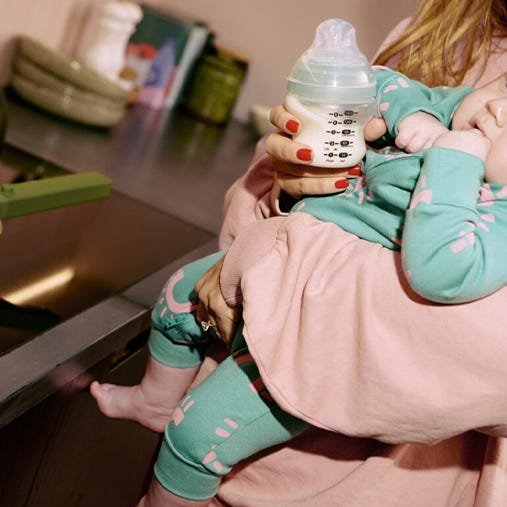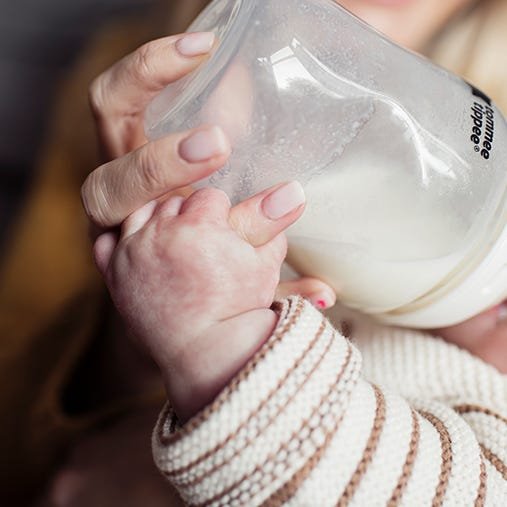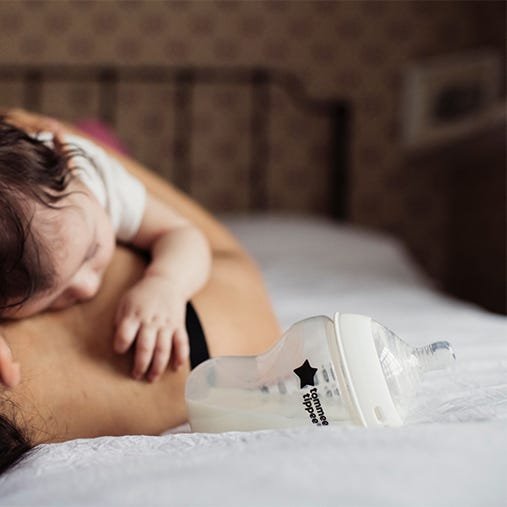When it comes to bottle feeding your baby, it can be tricky to figure out which nipple type and size to choose, or when it might be time to move up to the next nipple level.
We've put together this handy 'asked and answered' guide for parents to help you understand the different sizes, styles, and flow rates of baby bottle nipples.
How many bottles and nipples should I have?
How many bottles and nipples you need depends on how often you plan to use bottles to feed your baby. If you're only going to be using bottles once a day or just on occasion, then you might decide to just buy one main bottle and nipple and maybe one extra as a backup. It's probably best to have at least two so that if lost, damaged or unclean you have a backup
However, newborns can feed anywhere between 8-12 times over a 24-hour period. So, if you're bottle feeding a newborn, then it's a good bet to opt for four to six bottles and nipples to get started with, then see how you go from there.
What nipple size should I be using for my baby?
Most baby bottles offer varying nipple levels for different age ranges (usually slow flow for 0+ months, medium flow for 3+ months, and fast flow for 6+ months), meaning you can approximately judge which nipple size might be the best based on your baby's age.
All Tommee Tippee bottles come with a slow flow nipple, designed to suit a newborn baby to help them get used to drinking milk from a bottle. Having said that, every baby is different, so it's a good idea to base your decision on a mix of the above, and your baby's own unique eating habits.
Different nipples for different ages
Our nipples come in different flow rates to keep up with your growing baby (and their growing appetite).
The flow rate of a nipple depends on the size, shape, or number of holes in the tip, which then affects how quickly milk flows into your baby's mouth.
They’re marked with a number or letter to indicate the flow rate.
- 0 = Extra Slow: For use from birth.
- 1 = Slow: For newborns and babies below three months.
- 2 = Medium: For babies aged three months and up.
- 3 = Fast: For babies aged six months and up.
- X = Vari: For use from birth. The X cut in the tip means they can control the flow and feed at the pace that’s most comfortable for them.
- Y = Thick: For use with thicker feeds from six months, the Y-cut lets thickened milk flow easily.
